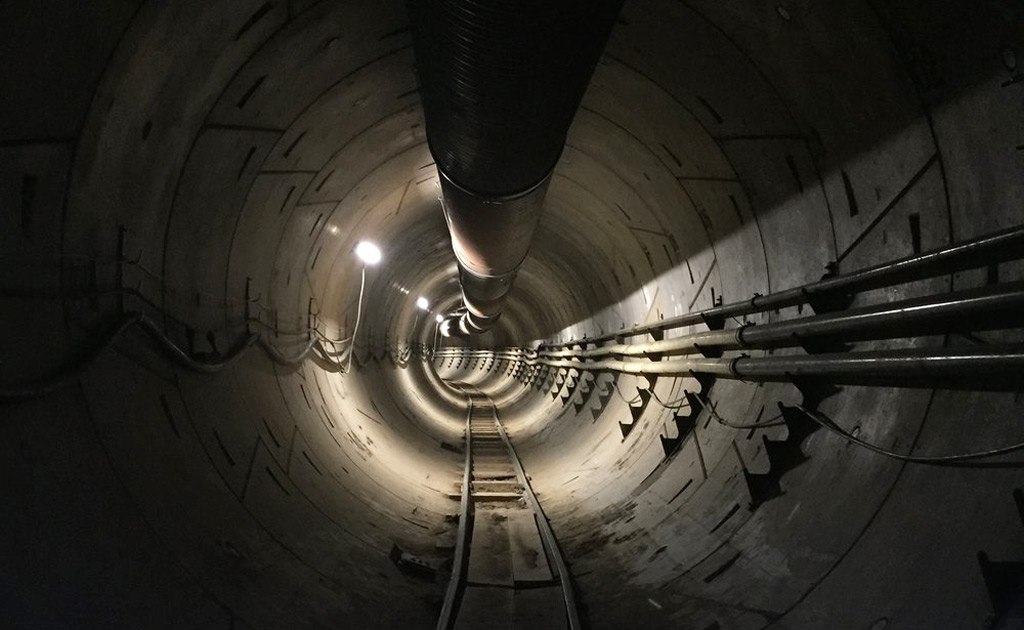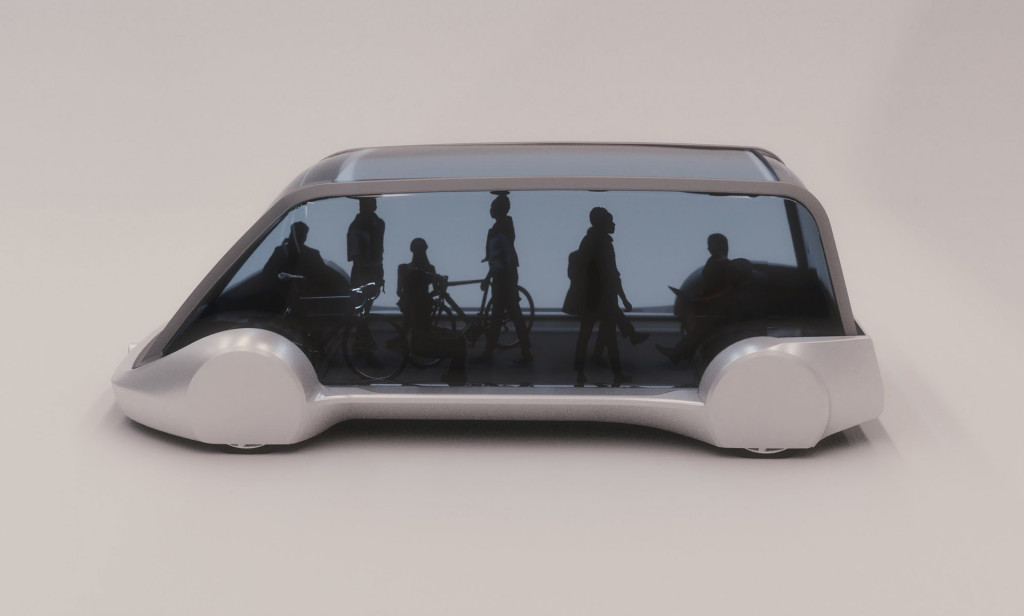The Boring Company (TBC) and its network of underground tunnels won't just ship pedestrians around from various stations; it may one day take cars and drivers straight into the system from their garages.
The Mercury News reported Wednesday that the city of Hawthorne, California, gave The Boring Company and its founder Elon Musk the go-ahead to build an underground garage elevator. The Boring Company has acquired a local house to build the elevator that will eventually connect to the "loop," which the company calls its underground network of tunnels. The car will descend 45 feet below the ground before hooking up with the loop, though it's not clear if "sleds" or something else will transport the car.

The Boring Company tunnel
The company's plans to include garage-based elevators follows Musk's announcement that the loop will prioritize pedestrians and cyclists over vehicles. Initially, Musk launched the company with the idea of transporting cars via elevator stations on sleds to reduce traffic in cities. The idea quickly morphed to include shuttles that transport people, which Musk said is more courteous and fair to those who don't own a car.
"If someone can’t afford a car, they should go first," Musk tweeted this past March.
The Boring Company concept
The regular stations will be as small as one parking space where a shuttle or "skate" resides. Numerous stations can be located along the tunnel route. At each station, an elevator will descend down to the loop and whisk riders along. The garage elevators will lead to spurs that will connect to the main tunnel. It is unclear where the cars will park.
We haven't seen any shuttle tests yet, but a 2-mile-long test tunnel near Los Angeles International Airport is nearing completion. Musk said last May he planned to offer free rides to the public to test the system. The Hawthorne-based house where the garage elevator will be installed is near the test tunnel.
One day, TBC hopes for a series of tunnels running beneath Los Angeles to relieve traffic congestion. The company also received a go-ahead from the Chicago Infrastructure Trust to finance, build, operate, and maintain a line connecting downtown to O'Hare International Airport.